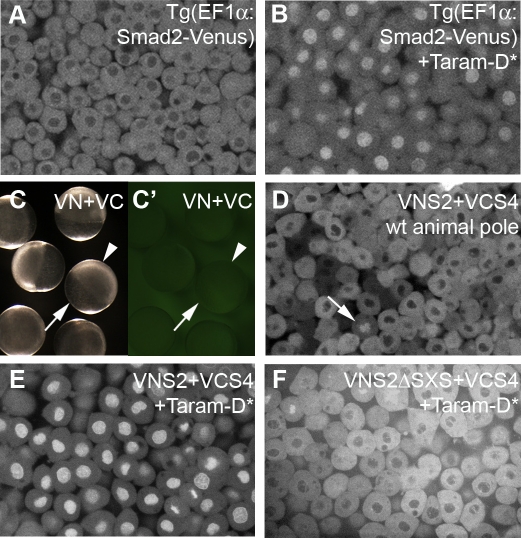Figure 1. Activation of TGF-β Signalling Results in Nuclear Accumulation of Smad2/4 BiFC and Smad2-Venus.
(A and B) Animal pole cells of 6-hpf transgenic zebrafish embryos that ubiquitously express a Smad2-Venus fusion protein. Nuclei have low levels of Smad2-Venus fluorescence (A), but misexpression of the constitutively active TGF-β receptor Taram-D* results in strong nuclear Smad2-Venus fluorescence (B).
(C and C′) Embryos at 6 hpf, previously injected with RNA encoding the VN and VC halves of Venus, pictured under transmitted (C) and UV (C′) light. Arrowheads highlight the nonfluorescent cells on top of the yolk (arrow).
(D) Like Smad2-Venus transgenic embryos, the animal pole cells of embryos injected with RNA encoding VNSmad2 (VNS2) and VCSmad4 (VCS4) constructs are devoid of nuclear fluorescence. The arrow highlights intense nuclear fluorescence during cell division.
(E) Misexpression of Taram-D* results in strong nuclear Smad2/4 BiFC.
(F) Injection of RNA encoding a modified VNSmad2 construct that lacks the TGF-β SXS phosphorylation motif (VNS2ΔSXS) together with RNA encoding VCS4 and Taram-D* does not result in nuclear BiFC.

